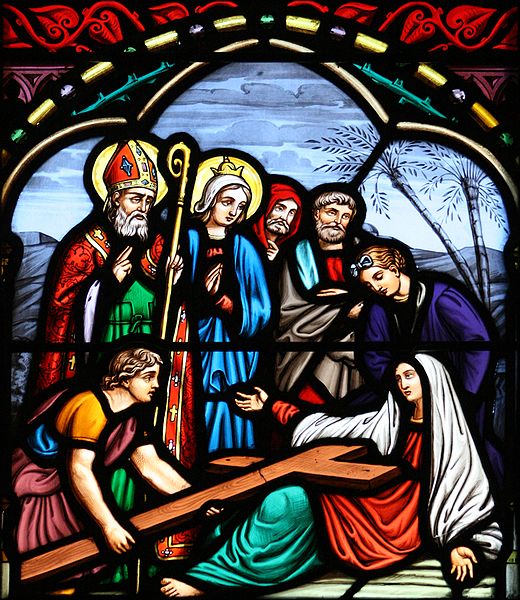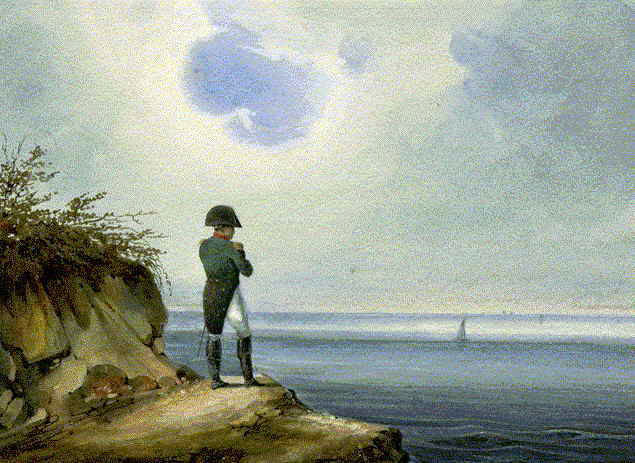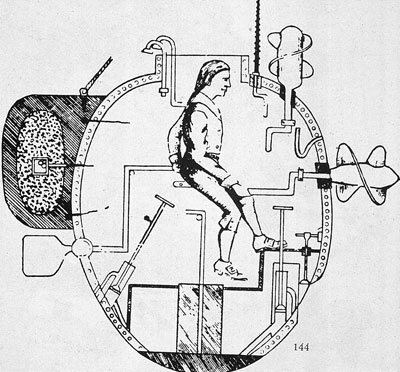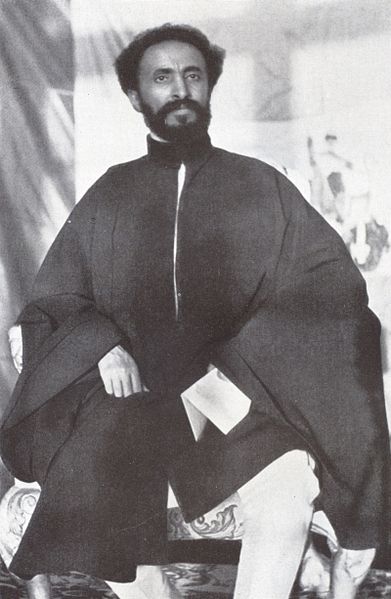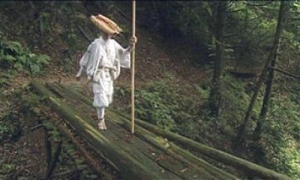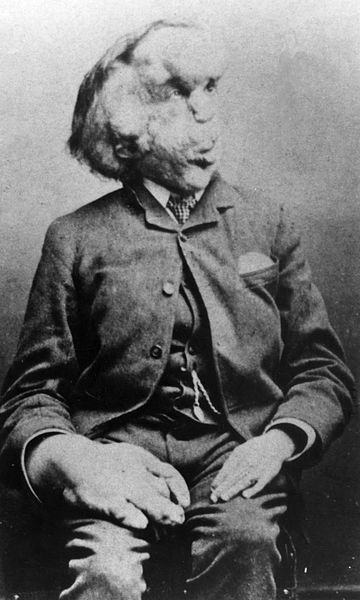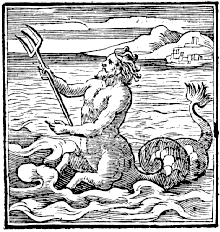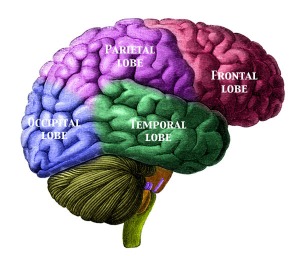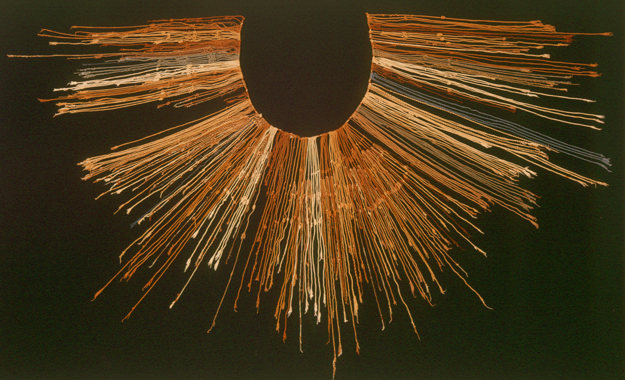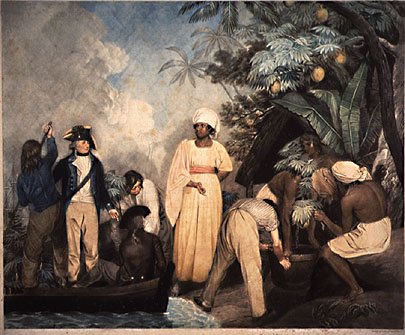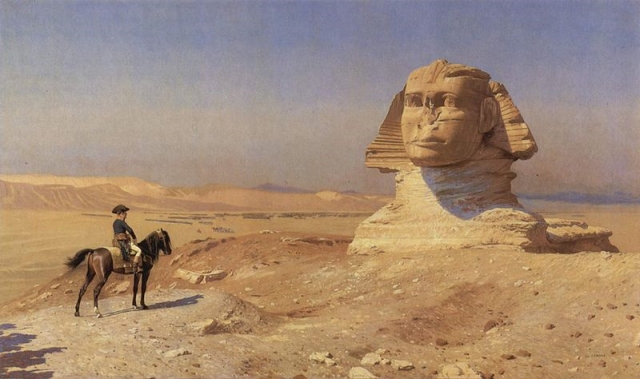 In 1805, Napoleon was in the unusual position of being both an Emperor and a president. In late 1804, he had crowned himself Emperor of France, but he was also president of the Italian Republic. This was not the Italy we know today which wouldn’t come into being for another fifty-five years but comprised the regions of Lombardy and Emilia-Romagna in the north of modern day Italy.
In 1805, Napoleon was in the unusual position of being both an Emperor and a president. In late 1804, he had crowned himself Emperor of France, but he was also president of the Italian Republic. This was not the Italy we know today which wouldn’t come into being for another fifty-five years but comprised the regions of Lombardy and Emilia-Romagna in the north of modern day Italy.
Napoleon decided that if a hereditary monarchy was good enough for France then it was good enough for Italy and so, on 17 March 1805, he created the Kingdom of Italy to replace the Italian Republic. Unsurprisingly, Napoleon’s ideal candidate for king was himself. On May 26, 1805 at Milan Cathedral, he crowned himself King of Italy by placing the Iron Crown of Lombardy on his own head. In so doing, he unwittingly created a connection between the crown’s history in his own ultimate fate.
St Helena
St Helena of Constantinople (born ca 246/250 AD) was the mother of one of history’s greatest military leaders and the first Christian emperor of Rome, Constantine I. It was Constantine who elevated Christianity from a persecuted sect to the beginnings of a major religion. In 326 he sent an expedition to Palestine to find the relics of Christ. His choice of leader for the long and potentially dangerous journey was unexpected: he appointed his elderly mother, by then at least 76 years old.
The most sought after relic was the cross upon which Christ was crucified, the True Cross. After reaching Palestine, Helena began by demanding the location of the cross from a group of rabbis. Under threat of torture, they produced a man named Judas who was to lead Helena to the cross. When he failed to cooperate, she ordered him to be starved. After six days, he relented and led her to a temple dedicated to Venus. Here, twenty feet underground, three crosses were found, supposedly belonging to Jesus and the two criminals executed with him (although not named in the Canonical gospels, various names and histories have been attributed to the two men; they are often referred to as Dismas and Gesmas). A woman near death was made to touch each cross in turn and, upon touching the third, she was healed, proof enough for Helena that this was the True Cross.
Helena discovered other relics of Jesus’ crucifixion including His tunic and the nails of the crucifixion. She brought the nails back to Rome where, according to various sources, they were distributed between Constantine’s helmet, the bridle of his horse, his horse’s bit or were cast into the Adriatic to calm a storm. (The number of nails used for the crucifixion is the basis of an old theological debate. The stigmata of St Francis of Assissi were considered by the Catholic Church as proof that four nails were used. The opposing point of view, that three nails were used, is called triclavianism).
One of the nails was purportedly made into a band and incorporated into a crown which came to be known as the Iron Crown of Lombardy. Currently held in the Cathedral of Monza near Milan, it is one of the oldest crowns in Europe. It may have been used in as many as 34 coronations including those of Charlemagne (800) and Frederick Barbarossa (1155). The iron band is said to show no signs of rust and displays no magnetic attraction. (Miraculous properties were often attributed to holy relics. Some pieces of the True Cross were resistant to fire since they were, in fact, made of asbestos.)
Napoleon’s Exile
In 1812, after twenty years of success, Napoleon’s luck finally began to turn. After withdrawing from a disastrous attempt to invade Russia, things went rapidly downhill and three years later, on 15 July 1815, less than one month after his defeat at Waterloo, Napoleon surrendered and was exiled to one of the most remote pieces of land on Earth, a small volcanic island in the South Pacific Ocean called … St Helena. Helena of Constantinople never visited, the place; it was named her honour by Portugese explorers in the sixteenth century.
Despite plans to have him rescued (including one fantastic idea involving an escape to America by submarine), Napoleon died there in 1821.

